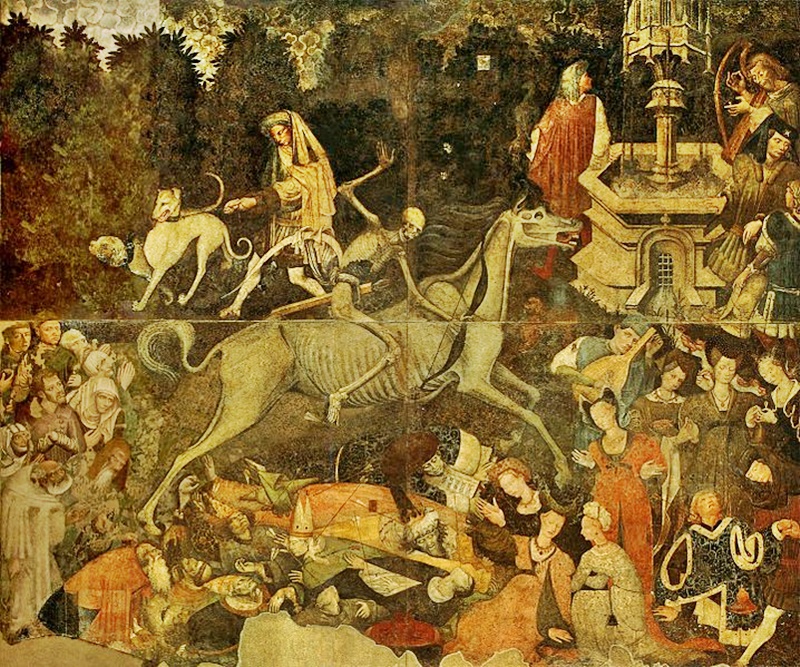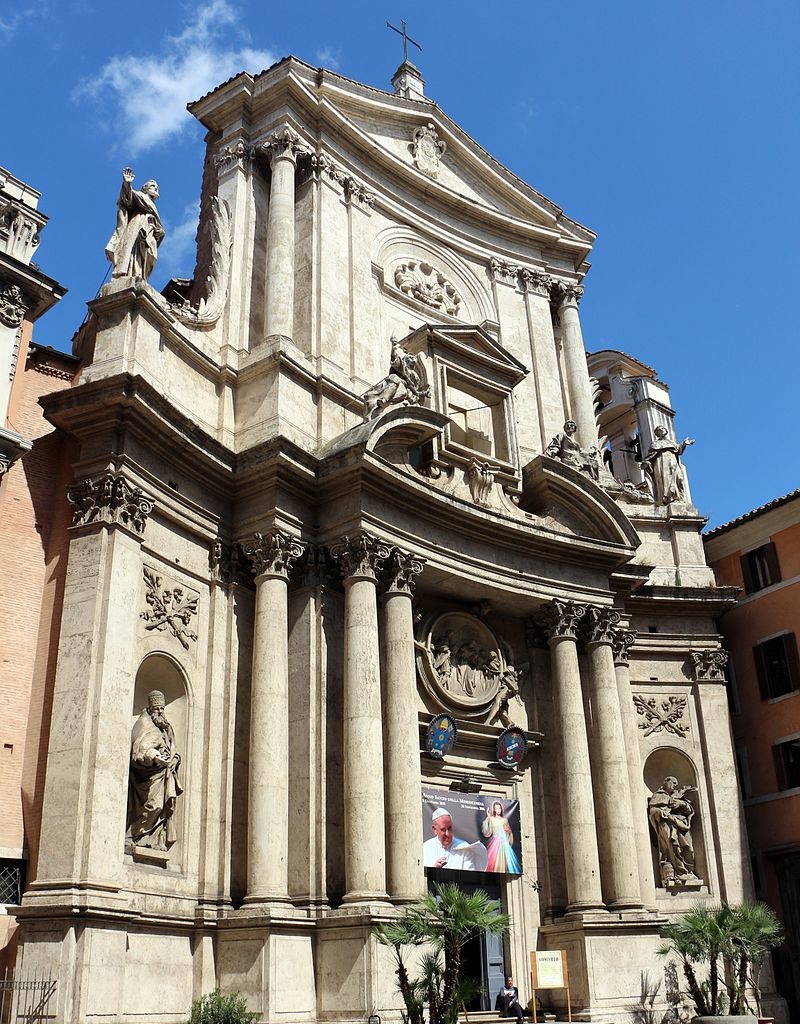The miraculous crucifix of Rome, which the faithful would still like in procession, is evoked by the faithful. In Rome on June 14, 1656 the plague broke out in a flash. The epidemic comes to Rome as a blow of Cannon early summer.

That day, the landlady of the inn in Via Monte Fiore di Trastevere and her children die, and on their bodies there are signs of the disease. Like a putrid leaden wind, the epidemic eventually kills 14.473 deaths in one year.
The miraculous crucifix of Rome
The disease quickly spreads from Trastevere to the Ghetto. To stem the infection, the authorities erect a wooden barricade around Trastevere. Armed guards remain stationary to garrison it, with orders to shoot on sight. Only the boats could move, however being a vehicle of infection, as they were also used to transport corpses.

Anyone in contact with the plague victims, including doctors, confessors, guards, boats, carts, was considered unclean and therefore avoided. Eventually the dead will be about 15.000 out of a population of less than 100.000. It comes to prohibit the carrying out of processions, processions and public functions, just as happens today. Even the bells must stop ringing. The groups of faithful in churches are considered a reason for contagion. Doctors, surgeons and surgeons "invited" not to leave Rome. Otherwise death awaits them, with confiscated assets.
The miraculous crucifix of Rome and the Church of San Marcello
The disease decimates not only the population but also the convents of Rome and its surroundings. The Church in this affair has a key role, which is making a comeback as it was then. In Rome, in the church of San Marcello al Corso, there is an ancient and revered wooden crucifix from the XNUMXth century. It is considered by scholars to be the most realistic in the city. The numerous stories of miracles attributed to the Crucifix were born precisely on 23 May 1519.

During the night, a fire completely destroyed the church. The following morning, the crowd of Roman faithful who rushed to find the destroyed temple, but among the still smoking ruins, the crucifix of the high altar appears intact. At the foot of the wooden sculpture, a small oil lamp still burns. This affects the faithful, who begin to meet every Friday to pray and light lamps. Over time, these meetings become more and more organized.
The plague in Rome
The “Compagnia del SS. Crucifix ". Three years after the fire, the church rises again, but the black plague also arrives in Rome. In the throes of despair, the faithful decide di carry the Crucifix of San Marcello in procession through the streets of the city. The authorities forbid it for the contagion, but that doesn't stop the people. The Crucifix, therefore, taken from the courtyard of the convent of the Servants of Mary, where it was temporarily, goes in procession.

The procession proceeds towards San Pietro, and lasts sixteen days. It starts on the XNUMXth and ends on the XNUMXth of August. As you go, the plague regresses. Therefore, each neighborhood tries to hold onto the crucifix for as long as possible. At the end, when the miraculous crucifix of Rome returns to San Marcello, the plague has ceased. Rome is safe! Since 1600, the procession from the church of San Marcello to the Vatican basilica has become a consolidated tradition.
Papa Francesco
There the crucifix is always exposed to the adoration of the faithful. However, after a few centuries, during the Jubilee of 1900 the observance of the rite becomes problematic. The faithful still find themselves bans on the procession by the authorities. The Crucifix, at dawn, must proceed lying on a chariot and covered by a red cloth. The faithful must pray silently. To get around the prohibitions, Pope Leo XIII, sends a carriage for the transport which, however, takes place in an almost clandestine way. Even in these hours of 2020, marked by the anxiety of contagion, there are those who remember the miraculous crucifix. Many faithful would like a procession, in fact today as prohibited as it was then. The government decree prohibits gatherings of people. However, in these anxious hours, it is also remembered that St. John Paul II embraced that crucifix. Finally, almost in solitude, Pope Francis went to pray under the wooden sculpture.
# Italian in the heart




